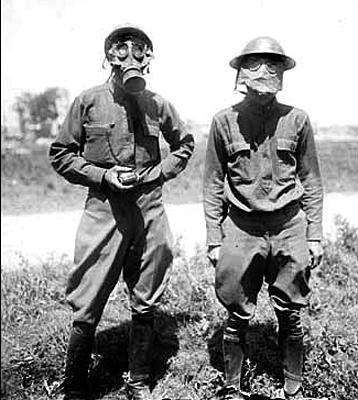
Abstract (taken from the History SPOT blog)
The opinion over the humanity or inhumanity of using gas as a viable weapon remains conflicted, with some claiming that it is no worse than the use of guns and mortars. Yet, the image of barbarism and evil attached especially to chemical warfare persists and remains. In the First World War, it was chemical warfare that was seen as most heinous and repulsive more so than heavy artillery and shelling.
Jonathan Krause begins his paper on the origins of chemical warfare in the French army during the First World War with a historiography that shows a wealth of content created over the century since the war but a wealth of content full of limitations and biases. For the French army the historiographical account argues that the French were generally unwilling to develop asphyxiating gas; that they paid only lip service to offensive systems when it came to chemical warfare. The evidence also suggests that when it came to defences to enemy gas attacks the French command come across as indecisive, short-sighted and unresponsive.
This is the current image: slow, confused and disinterested. Krause does not believe this to be the fault of historians themselves but more of the sources made available to them. Study of the French response to chemical warfare has been limited through the non-release of various documents. Certainly in 1975 vital documents had not yet been realised. Eleven years later vital documents were either still not available or just not organised enough to be found. Krause now looks at these documents for the first time which show that the French, whilst limited on their response to chemical warfare, did contribute one of the more effective uses for gas – that of being able to use it to neutralise enemy batteries.
Resources:
BBIH (subscription only) keywords “chemical warfare AND world war one”
Worldwarone.com article on poison gas
[It is worth noting that the content on this site has not been peer reviewed and is done on a ‘as time permits’ basis. For further details see the sites About page]
